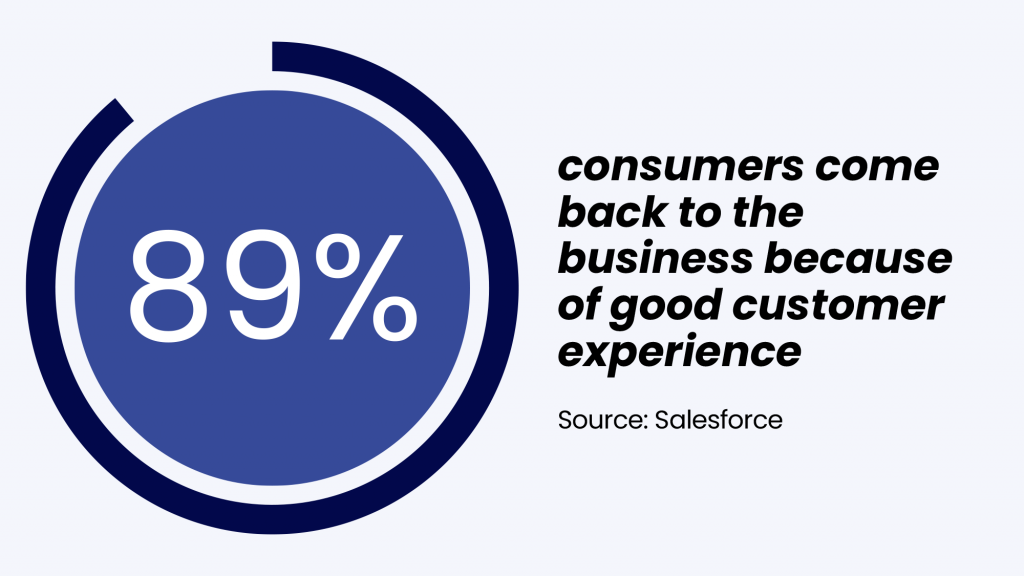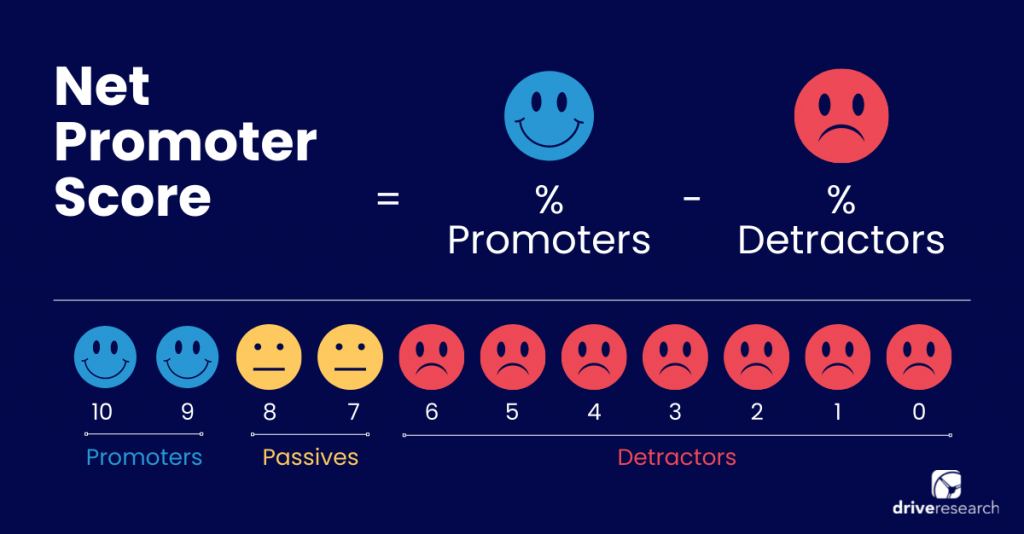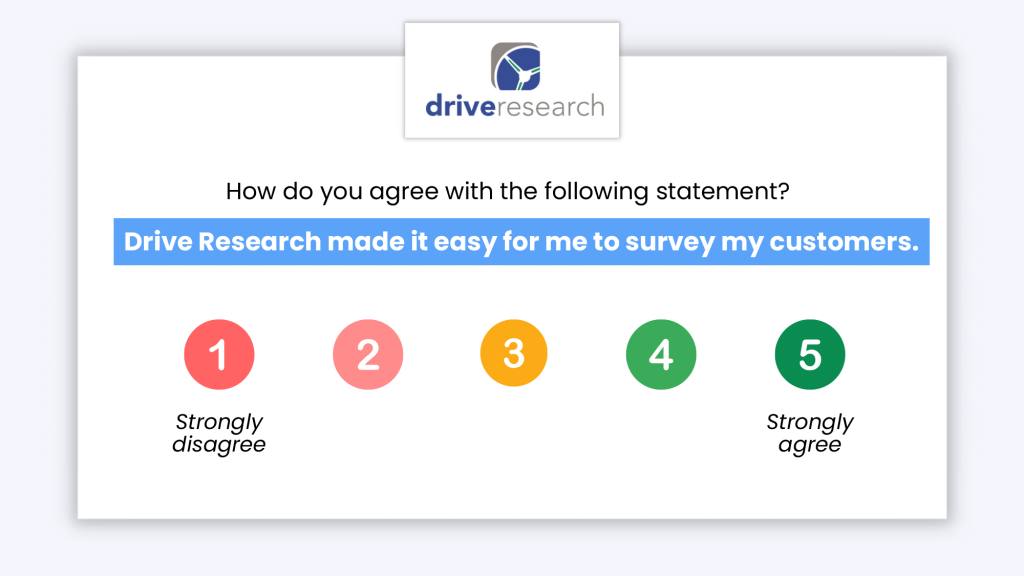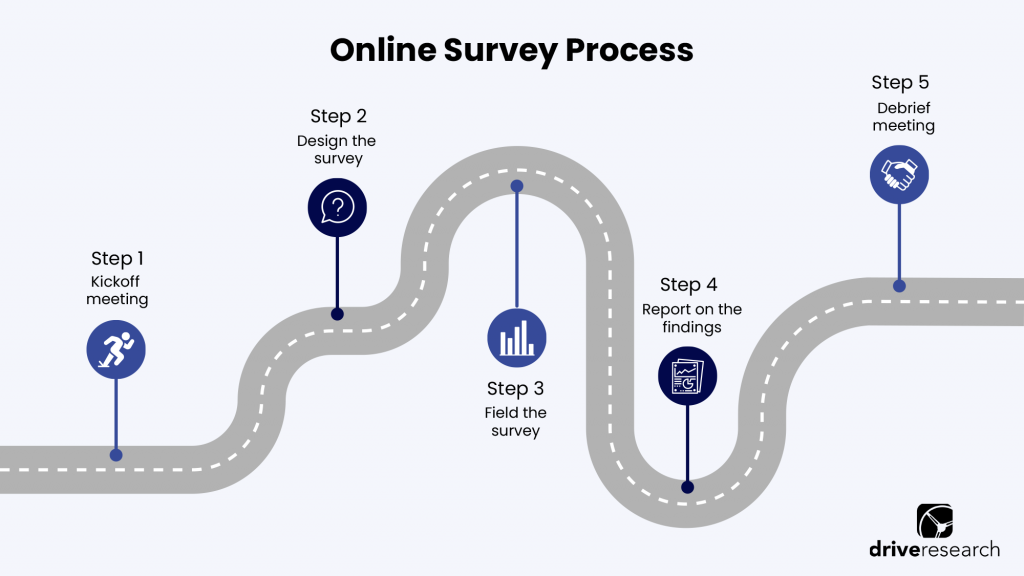
No matter your industry, understanding customer satisfaction metrics is crucial to meeting and exceeding customer expectations.
With countless options available, customers can easily take their business elsewhere—so relying on gut feelings isn’t enough. Just as you track website traffic or revenue growth, measuring satisfaction by conducting customer surveys provides valuable insights into what’s working and what needs improvement.
In this blog, we’ll explore key customer satisfaction metrics to help you gauge how well your business is meeting customer needs.
What are Customer Satisfaction Metrics?
As a business, you have to frequently measure what’s keeping your customers engaged and what’s driving them off, and that’s where customer satisfaction metrics come in.
Customer satisfaction metrics are tools to measure customer satisfaction. They help a business achieve multiple objectives, such as measuring customer loyalty, identifying at-risk customers, improving customer retention, and creating a powerful brand image.
Customer satisfaction statistics suggest that:
- 89% of consumers come back to the business because of good customer experience
- 1 in 3 customers will pay more if they receive the best customer service
- 96% of consumers across the globe admit that customer service determines their brand loyalty
- In a HubSpot survey, 80% of respondents said they’d stop doing business with a company because of a poor customer experience

Many businesses understand the significance of customer satisfaction but are stumped when asked; “So, how do you measure customer satisfaction?”
If you also don’t know which customer satisfaction metrics to track or how to measure them, keep reading to learn more.
The Key Takeaway: Customer satisfaction metrics help a business achieve multiple objectives, such as measuring customer loyalty, identifying at-risk customers, reducing churn rate, and creating a powerful brand image.
Benefits of Measuring Them
Measuring customer satisfaction metrics is crucial for any business that wants to maintain and grow its customer base.
Here are some of the key reasons why measuring customer satisfaction is important:
- Identify areas for improvement: Measuring customer satisfaction metrics can help you identify areas where your business may be falling short in meeting customer expectations. By analyzing customer feedback, you can pinpoint specific pain points and take action to address them, thereby improving your overall customer experience.
- Retain customers: Satisfied customers are more likely to remain loyal to your brand and continue doing business with you. Measuring customer satisfaction can help you identify areas where you are excelling and where you need to improve to retain your customer base.
- Attract new customers: Happy customers are also more likely to recommend your business to others, which can help you attract new customers through word-of-mouth referrals. Measuring customer satisfaction can help you ensure that your existing customers are satisfied and more likely to recommend your business to others.
- Competitive advantage: Measuring customer satisfaction can give you a competitive advantage by helping you understand how you compare to your competitors in terms of customer satisfaction. By improving your customer satisfaction metrics, you can differentiate your business from your competitors and attract more customers.
The Key Takeaway: Measuring customer satisfaction metrics is important because it helps you improve your customer experience, retain customers, attract new customers, and gain a competitive advantage.
The Best Metrics to Measure Customer Satisfaction
Through customer satisfaction survey companies, you can directly ask customers about their satisfaction levels in different ways.
There is no ‘one-size-fits-all’ metric that provides everything you need to improve customer experience. Defining what you are trying to achieve helps you select a metric that best suits your business needs.
The most important customer satisfaction metrics to measure include:
- Customer satisfaction (CSAT)
- Net promoter score (NPS)
- Likelihood to switch (LTS)
- Customer effort score (CES)
- Customer retention rate (CRR)
- Customer churn rate (CCR)
- Customer lifetime value (CLV)
- Social media metrics
Below, our market research company dives into each of these metrics and why they’re valuable to measure.
1. Customer Satisfaction (CSAT)
CSAT is one of the most commonly used KPI metrics across surveys. It measures the level of customer satisfaction with your product or service.
The survey question prompts customers to rate their level of satisfaction on a scale of either 1 to 5, 1 to 7, 1 to 10, or 0 to 10 scales, which range from “very unsatisfied” to “very satisfied.”
Sometimes a percentage scale (0 to 100) or emojis might be used instead of numbers.
Customer satisfaction surveys conducted at the point of interaction provide reliable data since the answers are genuine and the response rates are good.
Some of the benefits of the CSAT metric include:
- Fast and simple to calculate
- Helps to identify areas of improvement
- Easy to benchmark with competitors
- High response rates
2. Net Promoter Score (NPS)
Net promoter score is a customer satisfaction metric used to gauge customers’ loyalty to your brand. It measures the willingness of your customers to recommend you to other people.
This metric asks one core question: ‘On a scale of 0 to 10, how likely are you to recommend our brand/product/service to a friend or colleague? 0 is ‘not likely at all’ and 10 is ‘extremely likely.
NPS survey responses are classified as follows:
- Customers who give a score of 9 to 10 are promoters. They’re loyal to your brand and would recommend it to others
- Passives give a score of 7 or 8. They’re fairly satisfied with your brand but would easily switch if given a better choice
- Detractors score from 0 to 6. They have no loyalty to the company and may even say negative things about their experience.

The benefits of NPS include:
- Simple and easy to implement
- Helps to analyze service metrics
- Helps to identify promoters
- Offers quantifiable results and measures performance
Recommended Reading: Ultimate Guide to Net Promoter Score (NPS)
3. Likelihood to Switch (LTS)
Measuring the likelihood to switch is an important customer satisfaction metric because it can provide valuable insights into the likelihood that your customers will continue doing business with your company or switch to a competitor.
Reasons why measuring your customers’ likelihood to switch is important include:
- Predicting customer churn
- Identifying areas for improvement
- Developing retention strategies
- Benchmarking against competitors
4. Customer Effort Score (CES)
CES is probably one of the fastest-growing metrics in market research. It measures how easy or difficult it is for customers to interact with your brand.
A typical CES question might be:
‘On a scale of 1 to 5, how easy was it to solve your problem with our business today?’
Respondents rate answers on a scale of 1 to 5, where 1 is ‘very easy’ and 5 is ‘very difficult’.

Unlike NPS or CSAT metrics, a low rating is a good score when measuring CES, which represents that a customer had an easy time interacting with your brand.
The benefits of CES include:
- Fosters business-customer communication
- Reduces customer churn rate
- Helps to identify key improvement areas
- Helps increase customer values
5. Customer Retention Rate
Customer retention rate measures the percentage of customers a company retains over a specific period, making it a key indicator of satisfaction and loyalty. A high CRR suggests strong customer relationships, while a declining rate signals potential issues that need attention.
For example, a subscription-based company with an 85% CRR indicates strong user engagement, while a 60% CRR may highlight customer dissatisfaction or high churn.
Benefits of Measuring CRR:
- Retained customers typically spend more over time.
- It’s more cost-effective to keep existing customers than to acquire new ones.
- Satisfied customers are more likely to recommend your business.
6. Customer Churn Rate
Measuring customer churn rate is important because it provides valuable insights into the health of your business and the satisfaction levels of your customers.
Here are some key reasons why churn rate is an important customer satisfaction metric to measure:
- Identifying retention issues: A high churn rate can indicate that there are retention issues within your business. Measuring churn rate can help you identify which customer segments are churning the most and which products or services are causing the most churn. This information can help you make targeted improvements to reduce churn and improve customer retention.
- Predicting revenue: By measuring churn rate, you can predict future revenue and plan accordingly. If your churn rate is high, you can expect to lose a certain number of customers and revenue in the future. By knowing this, you can make adjustments to your marketing and sales strategies to acquire new customers and retain existing ones.
- Benchmarking against competitors: Measuring churn rate can also help you benchmark your business against your competitors. By comparing your churn rate to that of your competitors, you can gain insights into how you are performing relative to the industry and identify areas for improvement.

7. Customer Lifetime Value (LTV)
Customer lifetime value refers to the total revenue a customer will generate for a business throughout their relationship.
In other words, how much money a customer will spend on a brand from their first purchase to their last. This metric is important to fit into your customer satisfaction model, as it helps you budget for keeping current customers and/or gaining new ones.
Adding onto this, calculating CLV will tell brands which customers are high-priority, or most beneficial to their brand.
CLV also provides insight into which products are well-received by customers. The benefit is that it will prevent companies from spending money on products that aren’t popular. Secondly, it will also help keep high-value customers by continuing to produce the item/s they are purchasing.
Other common benefits of measuring CLV:
- Reduction in marketing expenses
- Customer retention insight
- Increasing revenue
- Improved customer support/outreach
8. Social Media Metrics
Measuring social media metrics provides businesses with accurate data on how well campaigns are performing.
This is an essential market research tool to focus on as it directly impacts a company’s budget. For example, measuring social media would allow a brand to see how well its campaign/s is performing on its various social media platforms.
This information is helpful for businesses to learn, as it tells them how they can improve their messaging to attract more customers.
Common benefits of measuring social media metrics include:
- Tracking customer engagement
- Improved customer service
- Measure consumer behavior trends
- Effectiveness of copy
- Performance goals like follower count, engagement, reach, and so on
Measuring social media metrics can be done by evaluating common trends and patterns. Much of this is through measuring common metrics like engagement, reach, and impressions. Each of these displays different data around the way followers and users interact with your brand’s social accounts.
Also, keeping tabs on interactions such as your comments is one of the easiest ways to measure the success of your site.
How to Measure Customer Satisfaction Metrics
Conducting a customer satisfaction survey is the best way to measure metrics such as CSAT, NPS, and CES.
Luckily, with the help of a third-party market research company like Drive Research, it’s fairly simple to include customer satisfaction surveys in your customer success strategy.
The key steps in measuring customer satisfaction metrics include:
- Host a kickoff meeting to discuss project objectives
- Draft customer satisfaction survey questions
- Collect customer feedback
- Analyze the results
- Take action with customer feedback

Step #1: Kickoff meeting to address objectives
If you’re working with a market research company, having a kickoff meeting is important.
At Drive Research, we set a kickoff meeting of 30 to 60 minutes to address your objectives, choose the metrics to consider, and help identify what questions to include in the survey.
After the meeting, our team sends a project work plan which documents tasks, deliverables, and the parties involved.
Step #2: Drafting customer satisfaction survey questions
During this step, our team helps you craft a unique survey design. This factors in the ideal length and methodology for the best ways to pose questions to your audience.
Drive Research sends the survey as a Google doc. to our clients to allow amendments.
If you choose to design your survey in-house, below are some helpful tips to keep in mind:
- Keep questions right to the point
- Focus on closed-ended questions
- Make your survey short
- Customize your survey questions
Watch the video below as our market research team discusses the best customer satisfaction survey questions to ask.
Step #3: Collect customer feedback
Measuring satisfaction boils down to gathering customer feedback. This typically involves clients sending our market research company an email list of customer contacts. Then, we send an email survey invitation link to customers on our client’s behalf.
Capturing customer feedback will help you identify areas for improvement. Take feedback from both happy and unhappy customers while consistently looking for opportunities to improve your customer experience.
Step #4: Debrief and analyze the results
Whether you’re conducting the survey in-house or you’re working with a third party, it’s crucial to analyze the findings in detail.
After collecting your data, take time to review it and drive actionable insights that’ll help you create data-driven strategies to propel your success.
Drive Research sets up a debrief meeting with our clients to analyze data and provide better interpretations.
Step #5: Take action
After analyzing the data, what will be your strategy to apply those insights to solve customer challenges?
For instance, maybe you conducted an NPS survey and found out that detractors were more than promoters. Using follow-up questions, you managed to ask the detractors the reason behind their rating and discovered many problems throughout the customer journey.
Now that you’ve identified areas for improvement, you can strategize accordingly to enhance the experience and customer satisfaction.
The Key Takeaway: The key steps for conducting surveys include setting a kickoff meeting to address objectives, creating a survey design, collecting customer feedback, analyzing results, and using the insights to do the right thing.
Final Thoughts
In today’s business world, customer satisfaction is of utmost importance. Happy customers are more likely to become repeat customers and recommend your products or services to others, while dissatisfied customers can damage your brand’s reputation and reduce your revenue.
To ensure your customers remain happy and engaged, you need to track many of the customer satisfaction metrics discussed in this article.
From Net Promoter Score (NPS) to Customer Effort Score (CES), there is a wide range of metrics that can help you understand how your customers feel about your products, services, and overall brand experience.
Contact Us to Measure Customer Satisfaction Metrics
Drive Research is a national market research company specializing in customer satisfaction. We custom-design surveys for our clients in all industries.
If you’re just getting started with customer satisfaction surveys, our market research team understands the best metrics to measure customer satisfaction and is ready to help you.
Get started by contacting our team today.



